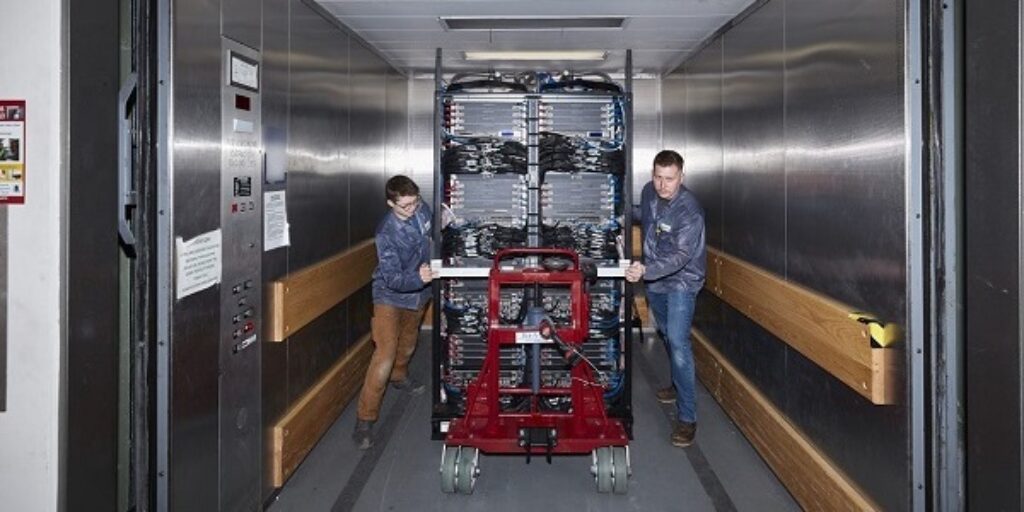With Exascale Day coming up tomorrow, we’re kicking off our annual observance with this video from Lawrence Livermore National Laboratory.
When LLNL’s next-generation supercomputer El Capitan is deployed in 2024, it will likely be the most powerful computing machine in the world, delivering more than two quintillion floating-point operations per second (2 exaFLOPs) in service of its national security missions.
Once fully operational, the National Nuclear Security Administration’s (NNSA) first exascale supercomputer will perform critical modeling and simulation functions to support America’s nuclear stockpile. But a system as large and complex as “El Cap” doesn’t magically appear overnight. It takes years of planning and preparation, and hundreds of employees at LLNL and the Lab’s industry partners, to lay the groundwork for a machine comprising thousands of compute nodes and requiring as much energy as a medium-sized city. Over several years, teams have prepared the infrastructure for El Capitan, designing and building the computing facility’s upgrades for power and cooling, installing storage and compute components and connecting everything together. Video via LLNL:
Once all the pieces are in place, the life of El Cap as world-class supercomputer begins. Through the lifespan of the machine, Lab employees will need to operate, troubleshoot and maintain El Capitan around the clock, seven days a week, ensuring that scientists, physicists and code teams can perform their calculations efficiently and in a timely manner.
source: Jeremy Thomas, LLNV




